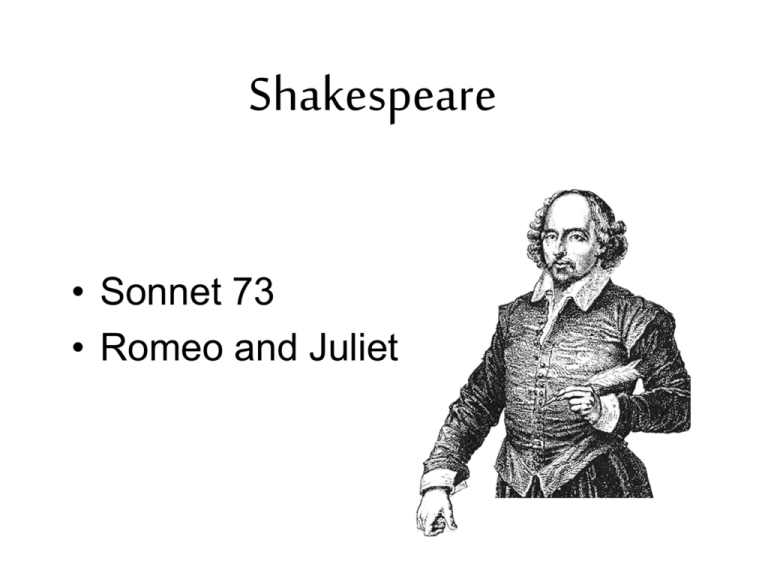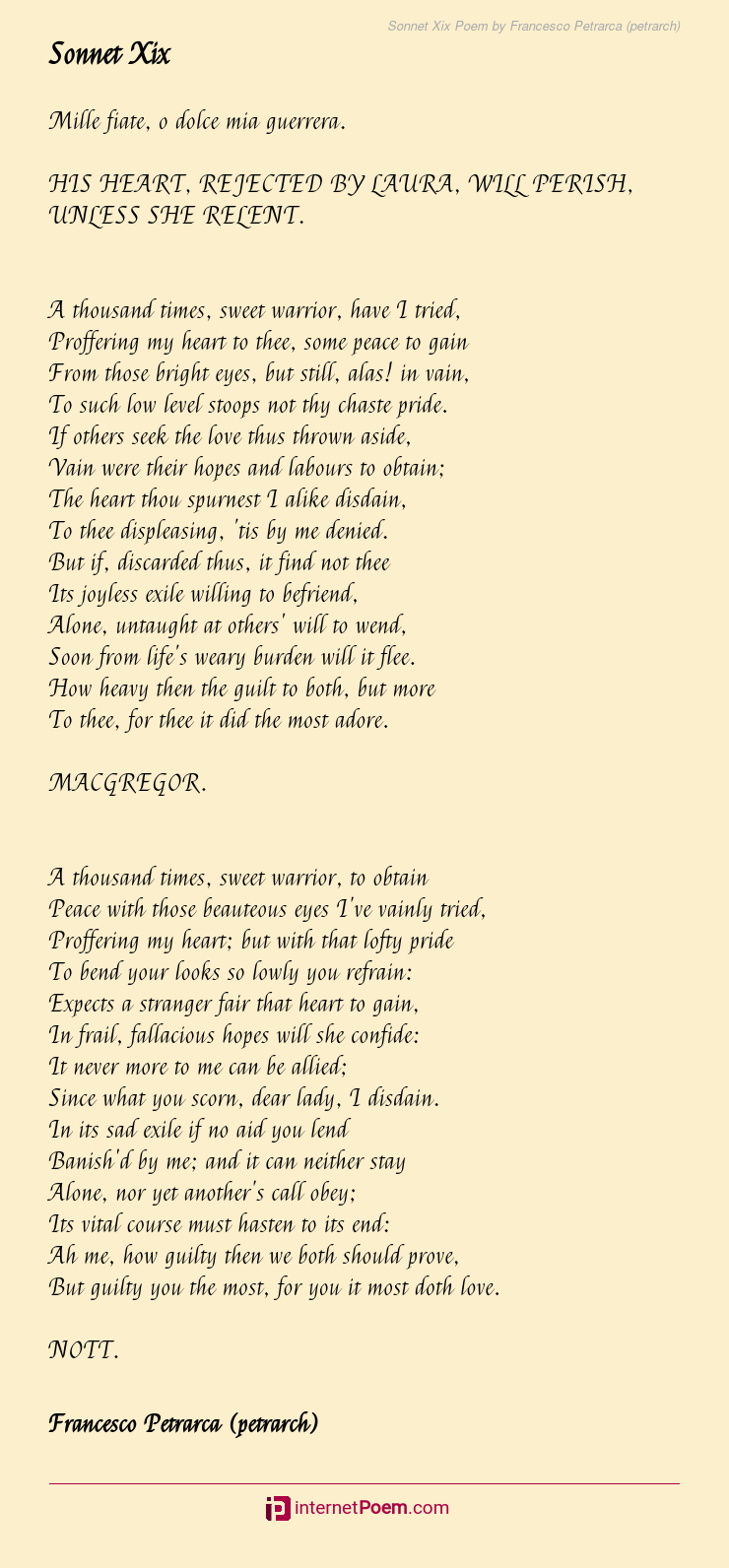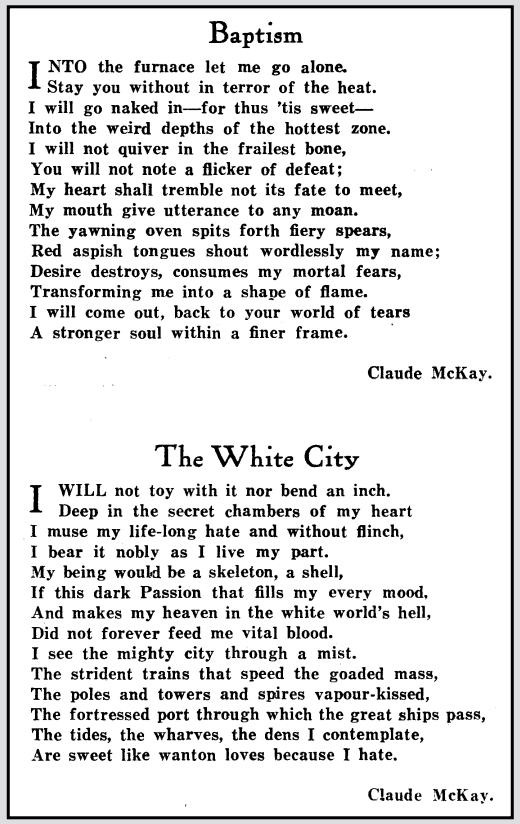
I found this image which I feel exemplifies the rhythm of the
Sonnet 199 By Francesco Petrarch Petrarch explores the paradox of love: it both lightens his spirit and yet wearies him. He calls these dual emotions "double lights." Love burns as well as delights him, and he feels as if love holds him with knotted cords,.

Shakespeare’s 100 to 120, printed in 2016 The Conveyor
In this sonnet, number 198, Petrarch reflects on the pains of love. This poem is not what I would call positive, but rather, it holds tension between the lover and his beloved, who does not.

Shakesblogging™ 97
We would like to show you a description here but the site won't allow us.

PPT Introduction to PowerPoint Presentation, free download
Petrarchan sonnets are defined as a sonnet form named after Francesco Petrarca. Its main characteristic is 14 lines that have been divided into two sections. The first section is an eight-line stanza with a rhyme scheme of ABBAABBA. The second section is a six-line stanza with a rhyme scheme of CDCDCD.

Medium
Toggle Contents Act and scene list. Shakespeare's Sonnets ; Sonnet 1 In this first of many sonnets about the briefness of human life, the poet reminds the young man that time and death will destroy even the fairest of living things. Only if they reproduce themselves will their beauty survive. The young man's refusal to beget a child is therefore self-destructive and wasteful.

The easiest way to identify a sonnet is by its length -- all sonnets are 14 lines long. In a Petrarchan sonnet, the lines are divided into three parts: two quatrains and a sestet. The two quatrains, or four-line units, comprise the first eight lines. Collectively, these lines are known as the octave. The final six lines are called the sestet.

Soliloquies, and Poetry Poetry, Life is precious
1 viewer 11.2K views 1 Contributor Sonnet XVIII Lyrics THE PRAISES OF LAURA TRANSCEND HIS POETIC POWERS. Ashamed sometimes thy beauties should remain As yet unsung, sweet lady, in my rhyme; When.

Poem by Charles Kingsley
Wrangham. O Love, that seest my heart without disguise, And those hard toils from thee which I sustain, Look to my inmost thought; behold the pain To thee unveil'd, hid from all other eyes. Thou.

99 YouTube
89 / 100 Sonnet 227 'Sonnet 227' is about "Love," particularly "Unrequited love." Petrarch expresses his deep love for Laura, her indifference towards his love, and the various contrasting emotions he undergoes in the poem.

Love 199 'Love Dances In The Glitter Of Her Smile' Poem by
The story he tells in Sonnet 3 is that as he was at service on Good Friday in Avignon, a day of "universal woe," a light from the cathedral window shone on a woman rows in front of him. It was Laura de Sade, who was already wed or soon to be by most accounts. She was illumined, and a Muse was born.

Xix Poem by Francesco Petrarca (petrarch)
Written by Shilpa Goel, Jaiden Stratton Sonnet XCIII The poet says that he has lost the one he loved and now wherever he goes, he sees the face of his beloved. He keeps searching for her in every person, in every place. He walks alone while being in love and being interested in nothing that isn't hers to see. Sonnet XCV

Silence Poem by snowheart warlik Poem Hunter
Summary: Sonnet 129. This complex poem grapples with the idea of sexual desire as it exists in longing, fulfillment, and memory. (That is to say, it deals with lust as a longing for future pleasure; with lust as it is consummated in the present; and with lust as it is remembered after the pleasurable experience, when it becomes a source of.

Hellraisers Journal From the New York Liberator Two by Claude
O carve not with thy hours my love's fair brow, Nor draw no lines there with thine ántique pen. Him in thy course untainted do allow. For beauty's pattern to succeeding men. Yet do thy worst, old Time; despite thy wrong, My love shall in my verse ever live young. Original Text. Modern Text.

Activity 199) PDF
So begins "Sonnet Number 43" by Elizabeth Barrett Browning. This line, published in 1850, is many readers' foremost exposure to the sonnet form. However, this style of poetry existed long before Barrett was writing in nineteenth-century England. Sonnets trace back to the Italian Renaissance, in a form that is known as the Petrarchan Sonnet.

discounts its Appleapproved eGPU chassis, now priced from 199
1 Devouring Time, blunt thou the lion's paws, 2 And make the earth devour her own sweet brood; 3 Pluck the keen teeth from the fierce tiger's jaws,

ships 199 Solo 10G Thunderbolt 3 adapter offering 10
The Petrarchan sonnet consists of two parts: an octave and a sestet. The octave has two quatrains (four lines each) and the sestet is made up of two tercets (three lines each). In the poem, the octave pesents and idea and the sestet gives the ending or conclusion. The rhyme scheme for the Petrarch octave is ABBA, ABBA and for the sestet is CDE.